Attendees at UCD’s Charles Institute Seminar Series recently heard a presentation by Dr Eoin O’Cearbhaill on current research into 3D printed microneedles and their potential applications

The Charles Institute, Ireland’s national dermatology research and education centre, hosts a range of guest speakers who cover a variety of topics ranging from skin cancer to psoriasis, among others. The series, which is sponsored by RELIFE (part of the A.Menarini group), is designed to provide expert advice from a range of distinguished national and international experts in their respective fields and is chaired by Prof Desmond Tobin, Full Professor of Dermatological Science at UCD School of Medicine and Director of the Charles Institute of Dermatology. The seminars are broadcast to attendees with a special interest in dermatology and cutaneous science in other locations, who access the talks remotely via an audio-visual link.
Attendees heard a presentation from Dr Eoin O’Cearbhaill, Associate Professor of Biomedical Engineering and Director of the UCD Centre for Biomedical Engineering, who delivered a seminar on the topic ‘Inserting 3D Printed Microneedles into Skin’. Microneedles, Dr O’Cearbhaill explained, are essentially micro-sharp protrusions designed to physically bypass the stratum corneum, with the goal of painlessly accessing dermal layers for drug delivery and biosensing applications. However, a combination of factors has inhibited their widespread adoption as an alternative to a needle and syringe.
His talk focused on a range of strategies being used by the UCD Medical Device Design Group to overcome the existing limitations of microneedles in terms of their design, prototyping and the testing of microneedle patches for both biosensing and drug delivery applications.
Dr O’Cearbhaill and his colleagues work with companies to provide engineering solutions to address real-world clinical unmet needs in minimally-invasive approaches to biosensing and delivering therapeutics or devices into the body. The first major clinical trial took place in recent years around delivering the flu vaccine via microneedles and the results showed that this method was at least as efficacious as the traditional method, but was shown to have major advantages in terms of compliance and dose-sparing.
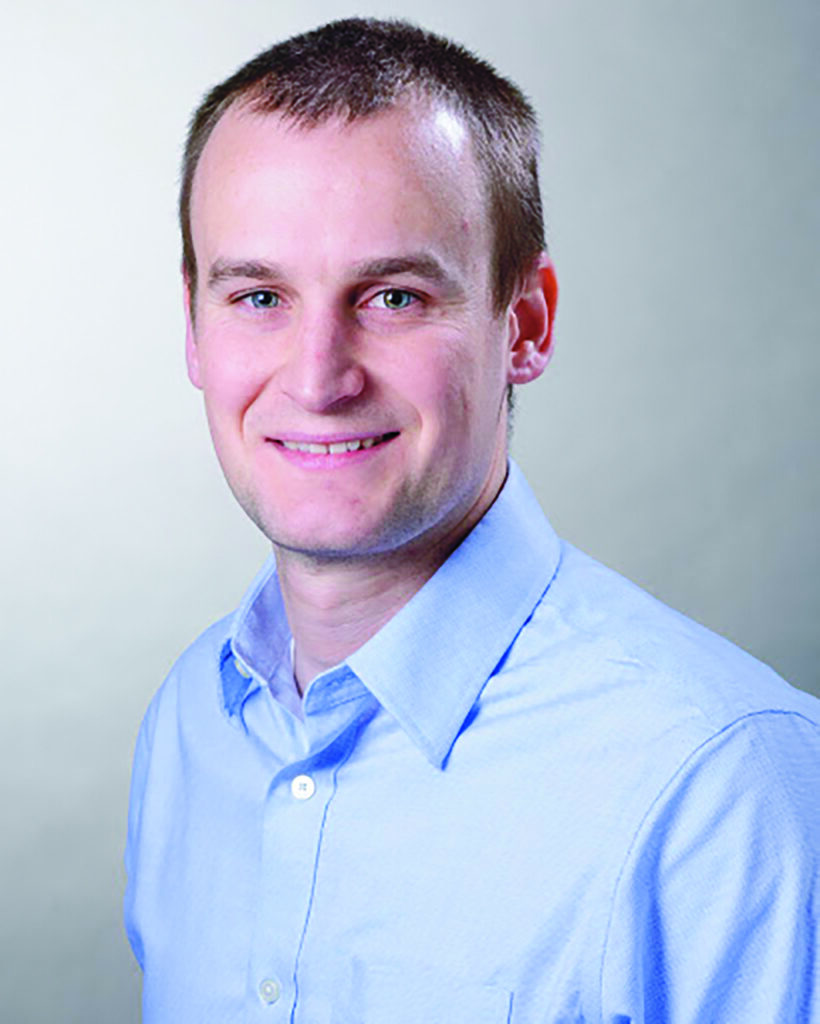
“The field has been around for about 20 years, but this is a real breakthrough… we are starting to see microneedles translate to the clinic and the potential is there for self-administered microneedle patches,” he commented. “Microneedles mean different things to different people — it can be anything from a cosmetic product, all the way through to a class 1, 2 or 3 device, or even a combination product.” In essence, microneedles are usually sub-millimetre in length, meaning that they avoid activating the majority of pain receptors and vascularised tissue, thus preventing any bleeding. “The goal is a painless and bloodless therapeutic delivery,” he told the seminar.
Applications
Dr O’Cearbhaill presented an overview of the most recent work by him and his colleagues, including research into the different potential applications for microneedles, including microneedle patches for electromyography (EMG) sensing. “The goal [in this case] is to improve the stability of biosignals that we get from muscles underneath the skin,” he told the seminar. “A simple everyday example of this is EMG in the case of electrocardiograms. There is a staggering statistic… which shows that up to 80 per cent of arrhythmia alarms in intensive care units are false alarms, and that is often down to issues in falsely detecting arrhythmias because of the poor-quality interface between the electrode and the underlying skin.
“There are a lot of potential issues at play there, particularly in dynamic sites or when electrolyte starts to dry-up in conventional wet electrodes, which can create stability issues,” Dr O’Cearbhaill continued. “So we wanted to see if microneedles could potentially help to solve the issue of the high impedance that is posed by the skin, specifically the stratum corneum, that attenuates the quality of the signal you get from the underlying muscle.”
He explained that he and his colleagues are investigating whether it is possible to use microneedles to physically bypass the more complex circuitry of the standard wet electrode and break through the high impedance of the stratum corneum without causing any pain in the process. “Building on our knowledge of 3D printing polymer-based microneedles, we realised that we wanted to work with microneedles that are more resilient and offered more strength, and we also wanted to be able to 3D print directly from medical-grade materials that we could translate as quickly as possible into clinical applications,” he told the attendees.
“We identified that direct 3D printing… of biocompatible 316L stainless steel might offer us a gateway towards clinical applications and inserting devices into human skin much more quickly,” he said, explaining that these patches were designed and printed and put through a post-processing system, whereby the patches were electro-polished. “The initial results were somewhat promising, in that we realised that we were pushing the limits of 3D printing and what it could do… but we were able to dramatically improve the appearance of these microneedles by electro-polishing them,” he explained.
“By optimising the electro-polishing process, we were able to get rid of the particulate or loosely-sintered material on the outside of the microneedles, and we ended up with very sharp microneedles, with a tip radius below 20 microns.”
Impedance
The team then compared the performance of these microneedle patches to conventional wet ones, and the results showed that compared to a flat patch, there was a significantly reduced impedance with the microneedle patch, somewhat similar to wet electrodes, but without the need for traditional skin preparation, such as shaving and application of electrolyte. In terms of signal-to-noise ratio of the signal created by a bicep muscle, contraction and comparative performance, Dr O’Cearbhaill said: “We also saw that our electrode performed at least as well as the gold standard and that if we powered this study a little more, we could start to see statistically significant benefits.”
He continued:
“Overall, we wanted to see if there are better ways to design microneedles to insert into tissue and that could be used in long-term wearable applications for either sustained biosignal monitoring or drug release,” said Dr O’Cearbhaill. “If we want to deliver a precious payload, we want to know precisely how much, for example, drug is being inserted into tissue. What has been reported a lot in the microneedle community is the ‘bed of nails’ effect, where you have a lot of small, sharp objects in close proximity — if you have seen somebody walk on a bed of nails, it is mechanically quite similar.”
Microneedles can interfere with the insertion of adjacent microneedles and they can insert to varying degrees, he explained. In studies applying a sugar patch to skin, it was shown that overall, approximately 75 per cent of the sugar was delivered, but with significant variability.
“This might work for a flu vaccine for example, where there is good tolerance and you just need to get above a certain titre, but if you want to deliver something like insulin, you need a far tighter control over the microneedles and the repeatability of the insertion,” said Dr O’Cearbhaill, who explained that he and his colleagues are constantly working on updating their models to better deliver payloads and precisely measure the insertion levels required for the different skin layers.
Dr Nicky Bertollo and Ronan Byrne recently spun out a company, Latch Medical, to commercialise a unique interlocking microneedle geometry that was initially developed in Dr O’Cearbhaill’s UCD Medical Device Design Group (https://www.pharmalatch.com/).
Delivery site
During an interactive Q&A session, Dr O’Cearbhaill was asked by Prof Tobin about the choice of anatomical site for the insertion of microneedles. “Given that human skin is so variable across the body — from the thin skin of the eyelid, to the thick skin on the palms and soles of the hands and feet, or even back — are we aware of the variable impact of different target body sites in terms of the impact of skin thickness, including stratum corneum thickness and the site-specific endowment of appendages of the skin, such as hair follicles and sweat glands, and so on,” he commented.
“Your models of course are simplified and show that these needles go into what appears to be an amorphous material separating the epidermis from the dermis. But in reality these [sites] are packed with other constituents like hair follicles, so how does that impact the mechanics of the process if you wanted to go lower than the epidermis?”
Dr O’Cearbhaill responded:
“That’s a very interesting question — in my understanding, the most advanced clinical applications of microneedles related to drug or vaccine delivery, tend to focus on the forearm for targeted microneedle patch insertion,” he said. “I think what they are trying to achieve is to find sites that are repeatable in terms of the mechanics of insertion. We think we have identified around the ‘bed of nails’ effect that how it is inserted really relies on the mechanical properties of the patch, but also on the resistant force offered by the substrate.
“A really key variable is the amount of adipose tissue or what might be going on below the skin from a mechanical point of view,” he continued. “If there is a lot of adipose tissue for example, it may not be as easy to insert those microneedles, due to the additional deformation underneath the skin.
There is some understanding of what’s involved, but it is actually really complex, and the field of microneedles really needs interdisciplinary research — there are a lot of people out there who are experts in drug formulation, engineers, vaccinologists, and we need experts who really understand the skin from all levels of morphology, function, and all the other aspects in order to be able to meet that challenge.”
RELIFE has had no input into the content of this article or series of seminars
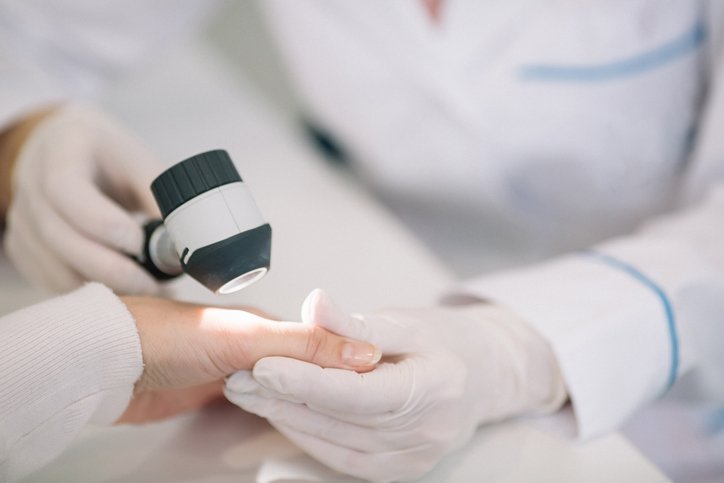

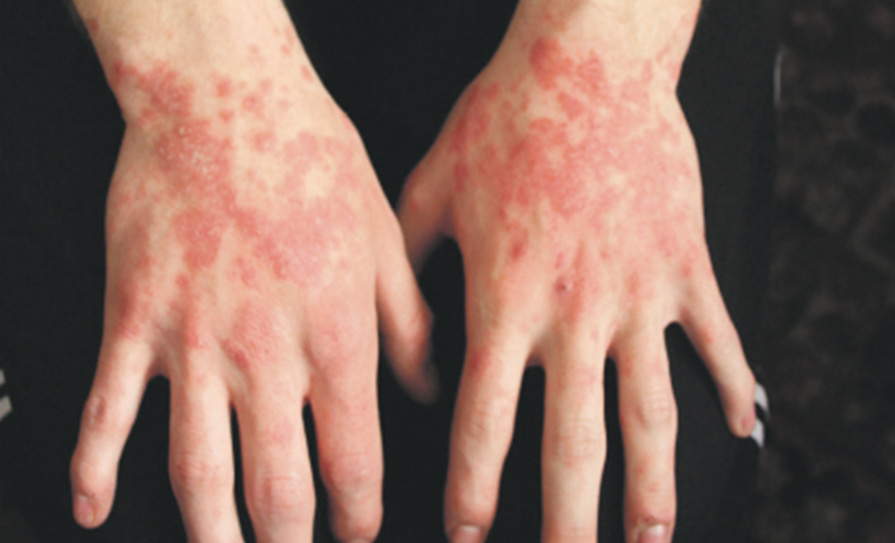
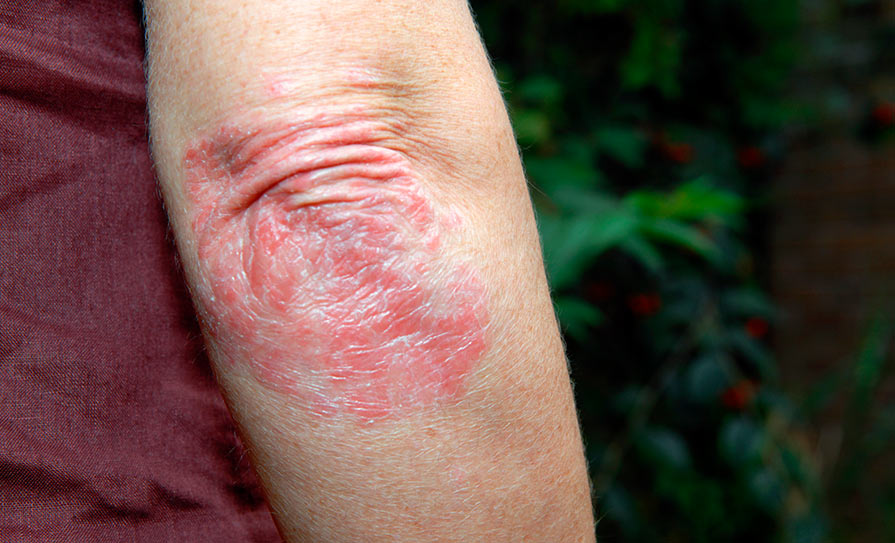

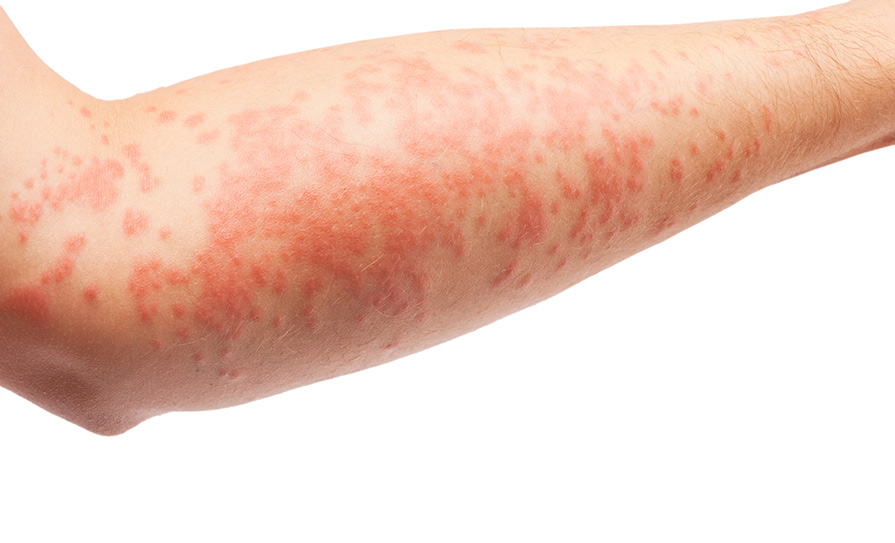

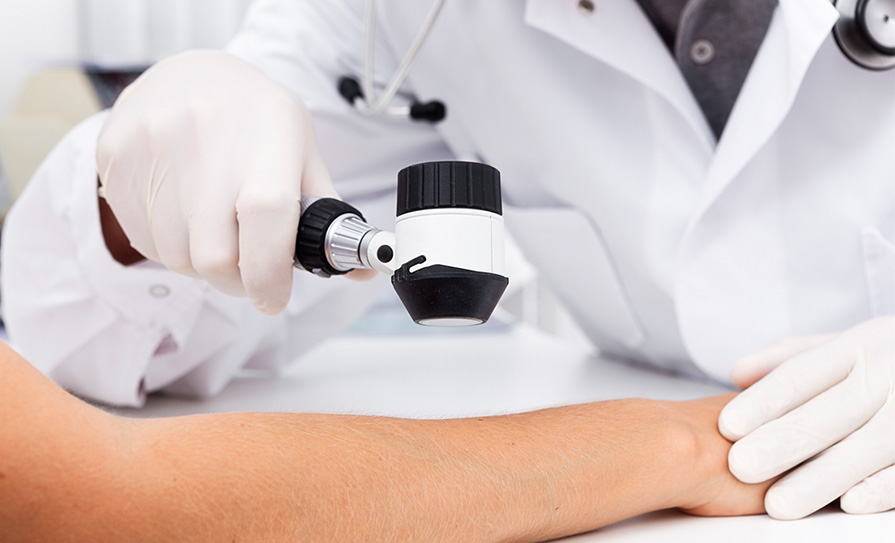
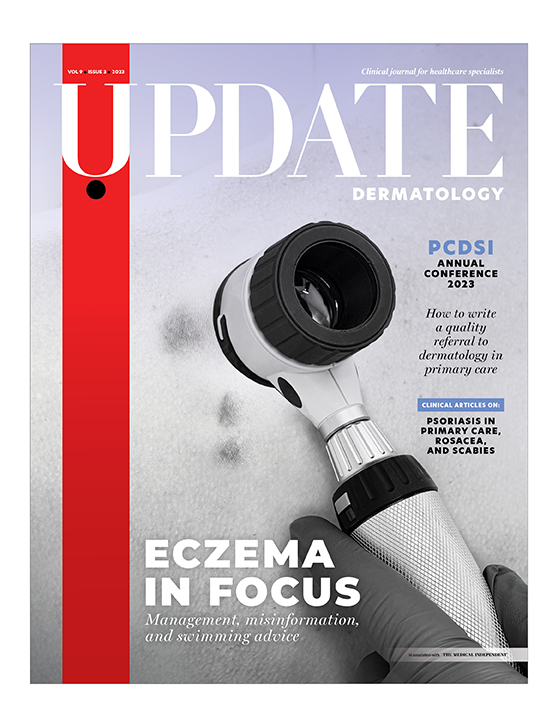




Leave a Reply
You must be logged in to post a comment.